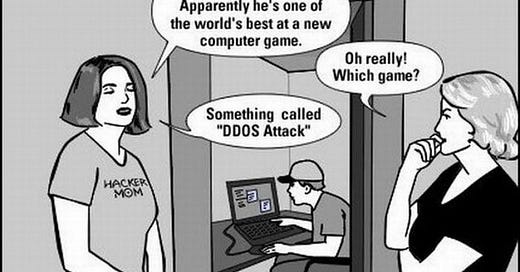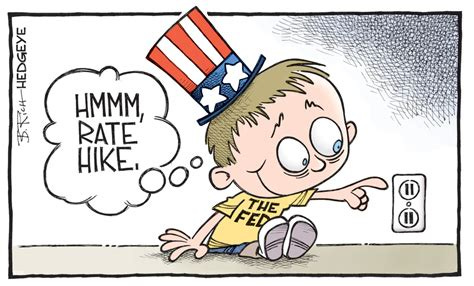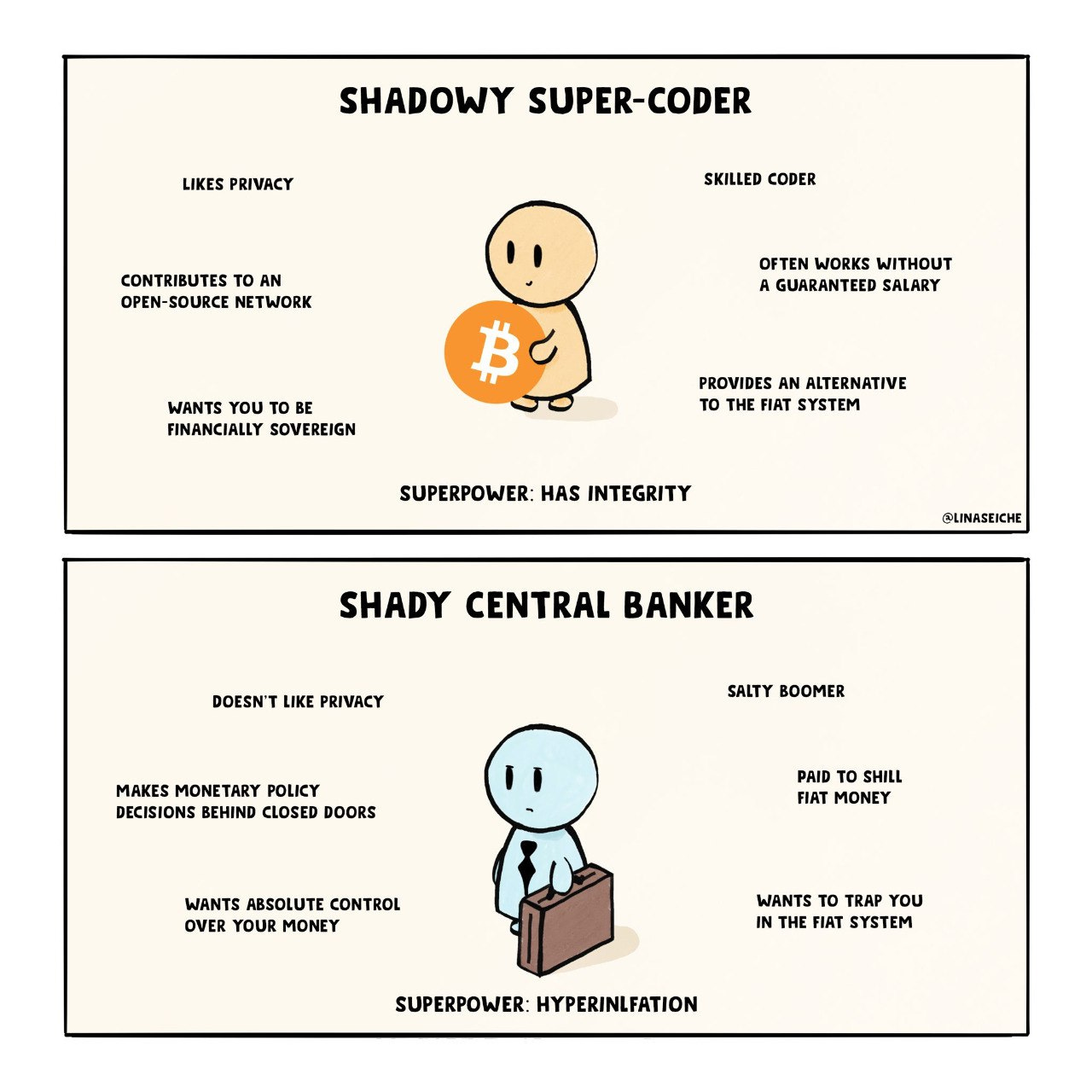Why You Should Run a Full Node. Bitcoin Tech Talk #251
Bitcoiners like to say “verify, don’t trust.” This is not just lip service, as thousands of users all over the world run full nodes. Unfortunately, the full node narrative has been maligned to death by many people, especially altcoiners who say such verification is unimportant. Even among a lot of Bitcoiners, the reasons for running a full node are not entirely clear.
Some say it’s so that you can relay transactions on the network. Others say that it decentralizes the Bitcoin network and still others say it’s a way to keep miners honest. These are all true to a degree, but ultimately, running a full node is at the heart of what makes Bitcoin trustless.
One of the remarkable properties of Bitcoin is that every transaction is recorded on its ledger, which we call the blockchain. Unfortunately, that term, too, has been corrupted to mean some magical naturally decentralized database, when it’s really nothing of the kind. The reason why we run full nodes is so that we don’t have to trust anyone.
To understand why this is important, we need to look at the problem with centralized systems. Centralized systems are, in general, very fast and quick to upgrade and so on. Unfortunately, they also introduce a single point of failure which is ripe for abuse both inside and outside the system. From the outside, government regulators can add onerous rules to hurt the entire system. From the inside, the controllers of a centralized system can embezzle or abuse the resources that are entrusted to them.
Indeed, this is the problem with centralization, which is that trust is required and given sufficient time, that trust is always abused. This is most obvious with where we store our money: banks. Banks abused the trust of their depositors by lending more money than they had entrusted to them, or fractional reserve lending. This created more profits for the bankers with the risk going to their depositors. The trust in a centralized entity created a moral hazard which got taken advantage of.
The big difference with Bitcoin’s design is that every transaction is continually under scrutiny. Fractional reserve lending is not possible because everyone running a full node will catch it. There is no trust involved, but continuous verification. That verification process is useful to the network from a game-theory perspective, but the main reason to run a full node is for the benefit of the user.
By running a full node, users don’t have to trust anyone. They can verify for themselves that the transaction is legit and that they are not getting screwed. Users that are trusting some entity, such as a block explorer or their wallet software’s server, are trusting someone. Running a full node allows you to verify everything yourself.
This, in turn makes the Bitcoin network decentralized. You have complete ownership over your Bitcoins, and that cannot be overruled by anyone. This is in stark contrast to the fiat system or altcoins. Being centralized, these services very much can take away your coins in their next hard fork or in the few nodes that are running. Sure, many haven’t, but the vulnerability has been and will continue to be there.
In short, run a full node so you don’t have to trust anyone and be subject to their malice and/or incompetence.
Bitcoin
A new paper looks at the efficacy of various mixing techniques. The paper is quite thorough in its evaluation, with over 20 different mixing techniques being examined on criteria like Sybil resistance and value privacy. Many of these techniques were ones I hadn’t heard before, so it was great for learning some of these things. The paper’s main conclusion seems to be that a lot of CoinJoin techniques need greater anonymity sets and that ValueShuffle in particular looks promising. The paper is worth studying just to get a good idea of the options available.
Ledger takes a look at the security of software wallets. The article is very thorough in its analysis of vulnerabilities, depending on whether the wallet is on a computer or a phone. The main thing I learned from the article is that key storage software doesn’t support the cryptographic algorithms necessary to make signing secure, so the keys must be accessed by the app. Thus, almost any device that’s compromised will likely leak the private key. The other thing is that phones are better at isolating the private key. Worth reading if making a software wallet.
JoinMarket has a new release that finally incorporates fidelity bonds! The idea is to make the CoinJoin Sybil-resistant by forcing time locks of Bitcoin. You can read more about fidelity bonds here. This is a very clever way of making traceability more expensive through locking up Bitcoins. I do wonder whether the anonymity sets will be big enough in such cases, though for holders, the timelock aspect is probably a positive.
Lightning
CoinShares has an investor’s primer on the Lightning Network. The rationale, benefits and current status are all examined fairly and makes for a good case for its usefulness. It’s too bad so many hedge funds and VCs write such reports for altcoins that have almost no usage because they want to pump their own bags. For this reason, CoinShares deserves more than the usual kudos for not obviously talking their book.
CoinCorner compares lightning network’s energy usage to daily tasks. The article is brilliant in its practical comparisons. They compare tasks like sending email, running an electric vehicle, visiting websites or using the traditional banking system to the equivalent on the Lightning network. Let’s just say that the people complaining about Bitcoin’s energy usage are the pot to Bitcoin’s kettle.
A new paper looks at the interest rates available on Lightning. They ran their own routing node and compared the cost versus the revenue they made and projected that to other nodes on the network. Unsurprisingly, given the nascent nature of the network, they found that even the biggest nodes with the fattest channels are not making very much (<0.1%), but they predict that fees will increase as the network grows. This will be something to keep an eye on and I hope the authors do a followup study every few years to show trends going forward.
Economics, Engineering, Etc.
Peter St. Onge argues that a Bitcoin ban would skyrocket its price. Having been in Bitcoin a long time, I tend to agree with this view. Oftentimes like in 2013 with Ross Ulbricht’s arrest and 2017 with the BCH split, what’s perceived as an unfavorable event is actually really good for Bitcoin. In a sense, once that bullet has been fired and doesn’t hurt Bitcoin, the market seems to react by rewarding Bitcoin with a higher price.
Arthur Hayes gives reasons for optimism in a pretty dull summer trading season. He argues that the only thing that really matters for Bitcoin price is the monetary expansion of fiat money. His analysis of the Fed, PBOC and ECB point to some serious money printing still going on and his conclusion is that these chickens will be coming home to roost. I agree with him that we’re set for an insane fall after an underperforming summer.
Tomer Strolight argues that Bitcoin hits at the core of what it means to be human. He argues that trade is at the heart of being a part of society and the reason why morality needs to exist. The main insight I got out of the article is that by manipulating money, governments can and do corrupt morality for their own benefit. Bitcoin is the antidote as it’s a money that’s not manipulable by a central authority.
Jake Chervinsky has a nice tweet thread summarizing what’s wrong with the Bitcoin provisions in the infrastructure bill. This is something of a moving target as the text continues to change as they resolve the differences between the house and senate. I do think that as a community, we’re going to have to start paying for better representation. CoinCenter didn’t have a clue this was coming and they’re representing altcoins a lot more these days. In any case, here are some things you can do right now.
Gallup has published a new poll on Bitcoin ownership in the US and the trends around it. 6% of US investors own Bitcoin and that number is double for people under 50 and half for those over. It also looks like the perception of Bitcoin is moving from “risky” to “safe.” A survey from Singapore shows that there’s significantly more adoption per-capita. They have 58% who own Bitcoin, which shows the US has some catching up to do.
Quick Hits
Bloomberg has some fresh Tether FUD and Tether responded.
IMF doesn’t recommend that nations should be using Bitcoin as their currency. In other news, a local ice house recommends against the use of refrigerators.
Elizabeth Warren calls Bitcoin developers “shadowy super-coders.”
You can now mine Bitcoin straight into an IRA.
Nigerian government has its hands full with Bitcoin.
Another week, another state thinks BlockFi may be doing something shady.
Events
I will be at The Bitcoin Standard conference on August 12-14 in Ensenada, Mexico, BitBlockBoom in Dallas on August 26-29 and Token 2049 in London, England on October 8-9.
The Programming Blockchain seminar is in Mexico on August 10-11. This is a 2-day seminar for programmers to learn about Bitcoin. You can apply here. I also have a few scholarships available for those that can’t afford it.
Podcasts, Etc.
On this week’s Bitcoin Fixes This, I talked to Giacomo Zucco about physics, where it’s gone wrong and how it’s indicative of fiat academia. I read through last week’s newsletter which you can find here.
I was on Tone’s show to talk about shadowy super coders, tax bills and much more.
I talked the new book on The Theology of Business:
Unchained Capital is a sponsor of this newsletter. I am an advisor and proud to be a part of a company that’s enhancing security for Bitcoin holders. If you need multisig, collaborative custody or bitcoin native financial services, learn more here.
Fiat delenda est.











